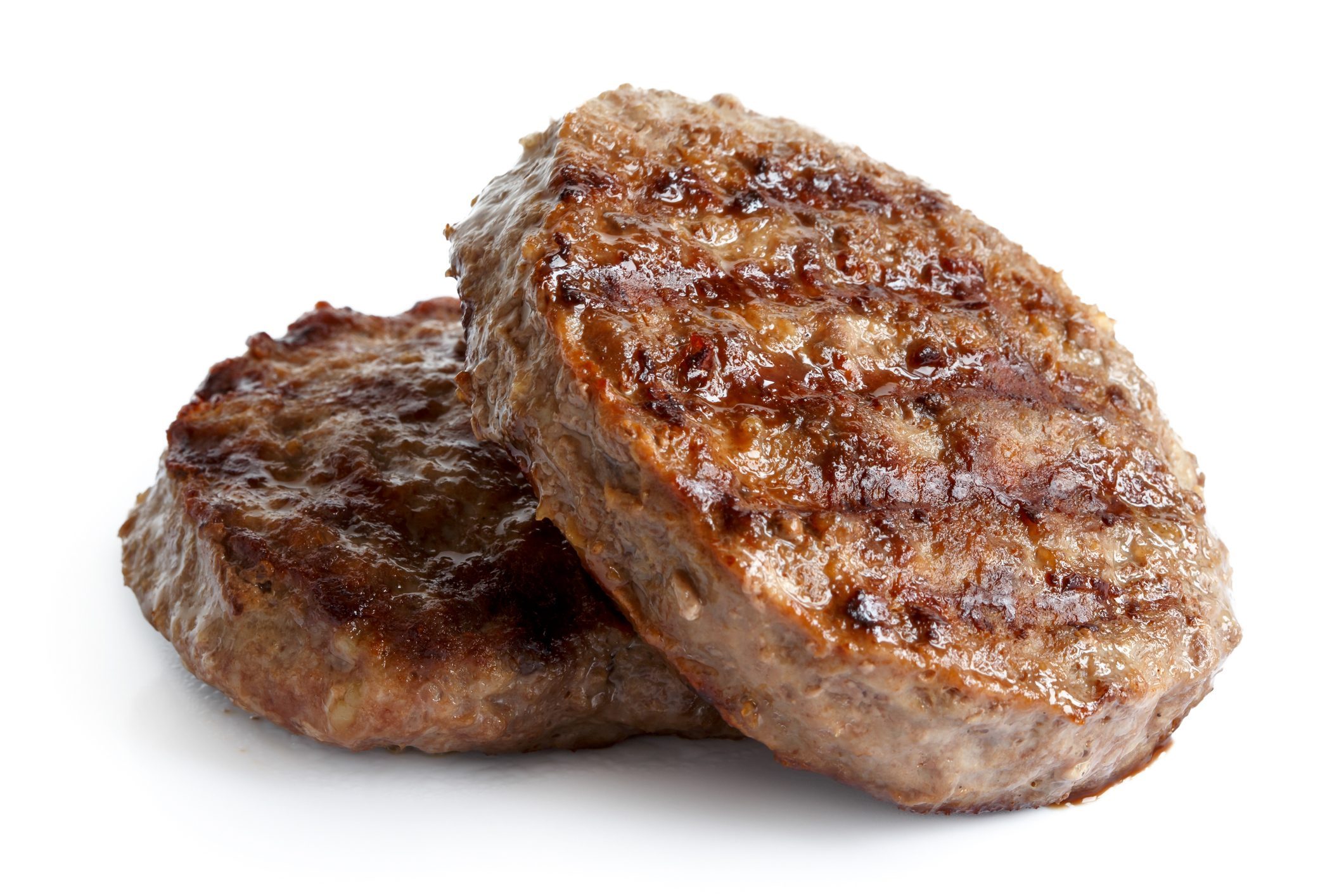;)
It all begins with the purchase of ground beef or hamburgers. The best way to handle this is by choosing a package that has not been tampered with and feels cold.
It is advisable to put it in a plastic bag to prevent any leaking juice from dripping on any other food that you buy. It is also a safer option to make the ground beef the last thing that you buy, and when you do, don't forget to separate the raw meat from ready-cooked items in your cart.
At the check-out site, have the cashier help you pack your fresh meat item separately and if you're not carrying a cooler with ice, be sure to drive straight home.

Once home, get the ground beef into a refrigerator or freezer as soon as you can. This will preserve the freshness and reduce the metabolism of bacteria, slowing their growth.
The freezing can be done in its original form 8f you have plans to use the meat soon. If it is stored in a fridge, keep the temperature at 50°F or below and use it within one or two days.
If you wish to freeze it for a longer duration, be sure to wrap it in heavy-duty plastic wrap, aluminum foil, freezer paper, or plastic bags made for freezing. Ground beef almost never spoils if 8t is kept frozen at 0°F; however, over time, it will lose its quality.
At best, it can last four months before losing all quality. Remember to avoid leaving ground beef or any other perishable food at room temperature for more than two hours or one hour if the temperature is as high as 90°F.
When it comes to making hamburgers, some people can't tell when it's ready to consume. First off, when making a hamburger, remember to cook it to a safe minimum internal temperature so any harmful germ in it can be destroyed.

A food thermometer can be used to check that they have reached the safe minimum internal temperature of 160 °F, but for turkey burgers, that figure needs to be 165 °F.
One thing you must never do is partially grill meat or Poultry, then finish cooking it later. Hot food should be kept hot.
After cooking meat or poultry on the grill, maintain the temperature at 140°F or warmer. Cooked meat can be kept hot by setting them to the side of the grill rack or putting them in an oven set at about 200°F.
Serving food to numerous people may be messy sometimes, and some may want to save the number of dishes they use to make cleaning up easier down the line but don't do it.

To prevent foodborne illness, it is advised that you not use the same platter and utensils for raw and cooked hamburgers.
Harmful bacteria can be found in raw meat, and their juices can easily contaminate safely cooked food. Use a clean plate for the cooked burgers or wash the one that is used to hold the raw ones.
After eating as many hamburgers as possible, if there are any leftovers that were not devoured within two hours of cooking, they will remain safe to eat in the refrigerator for 3 to 4 days, but if frozen, the quality should keep for about four months.
;Resize,width=767;)
